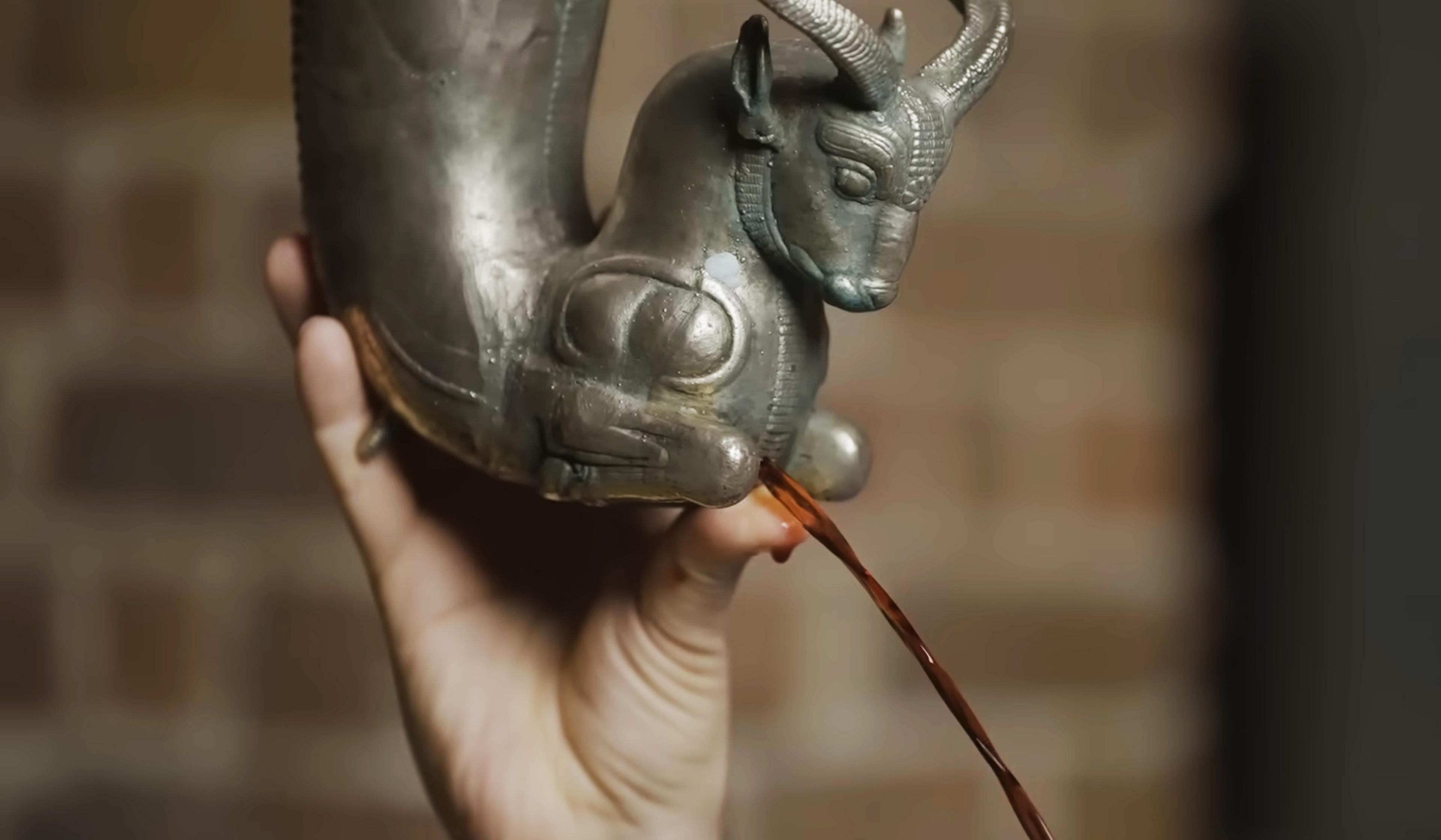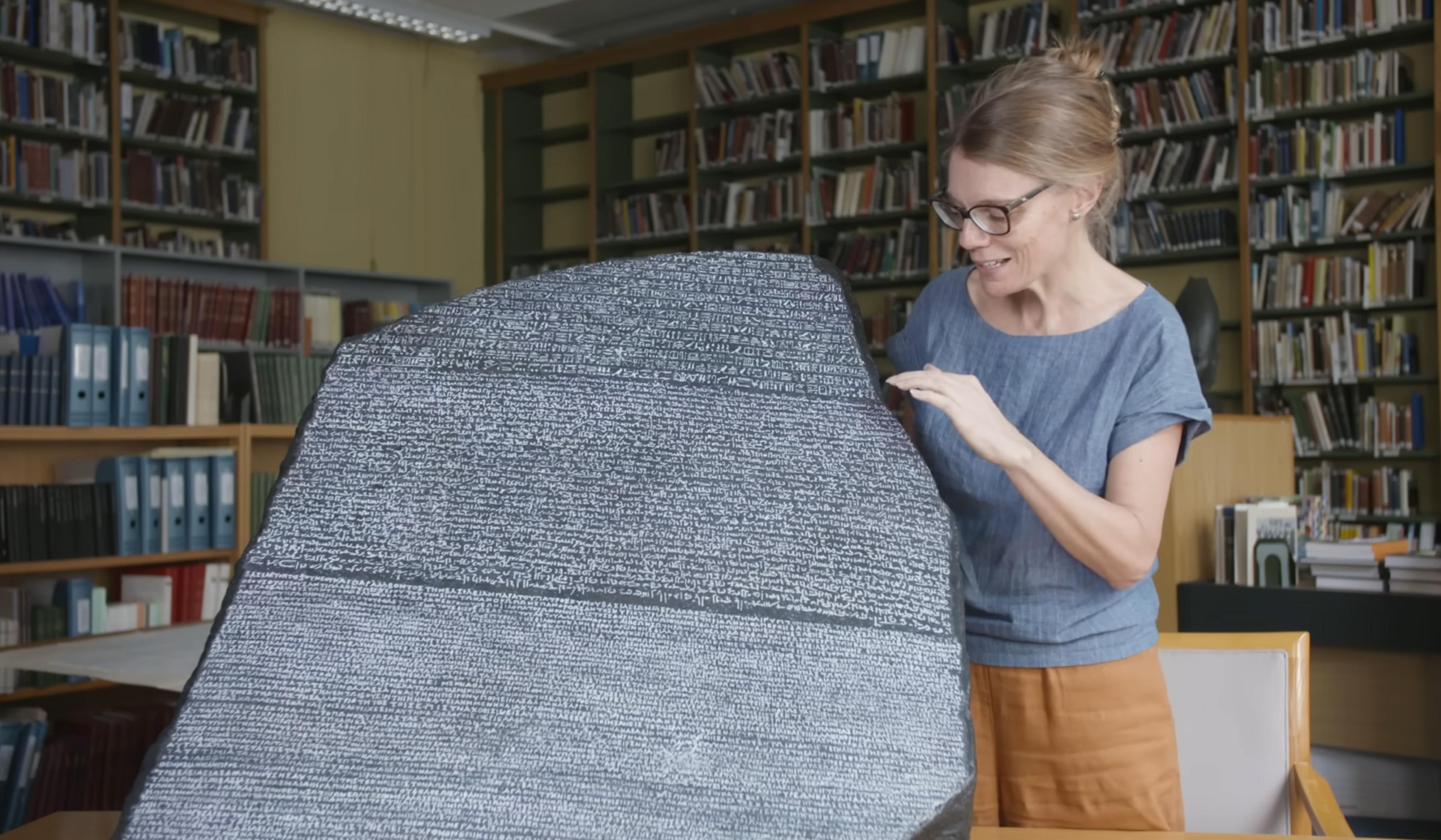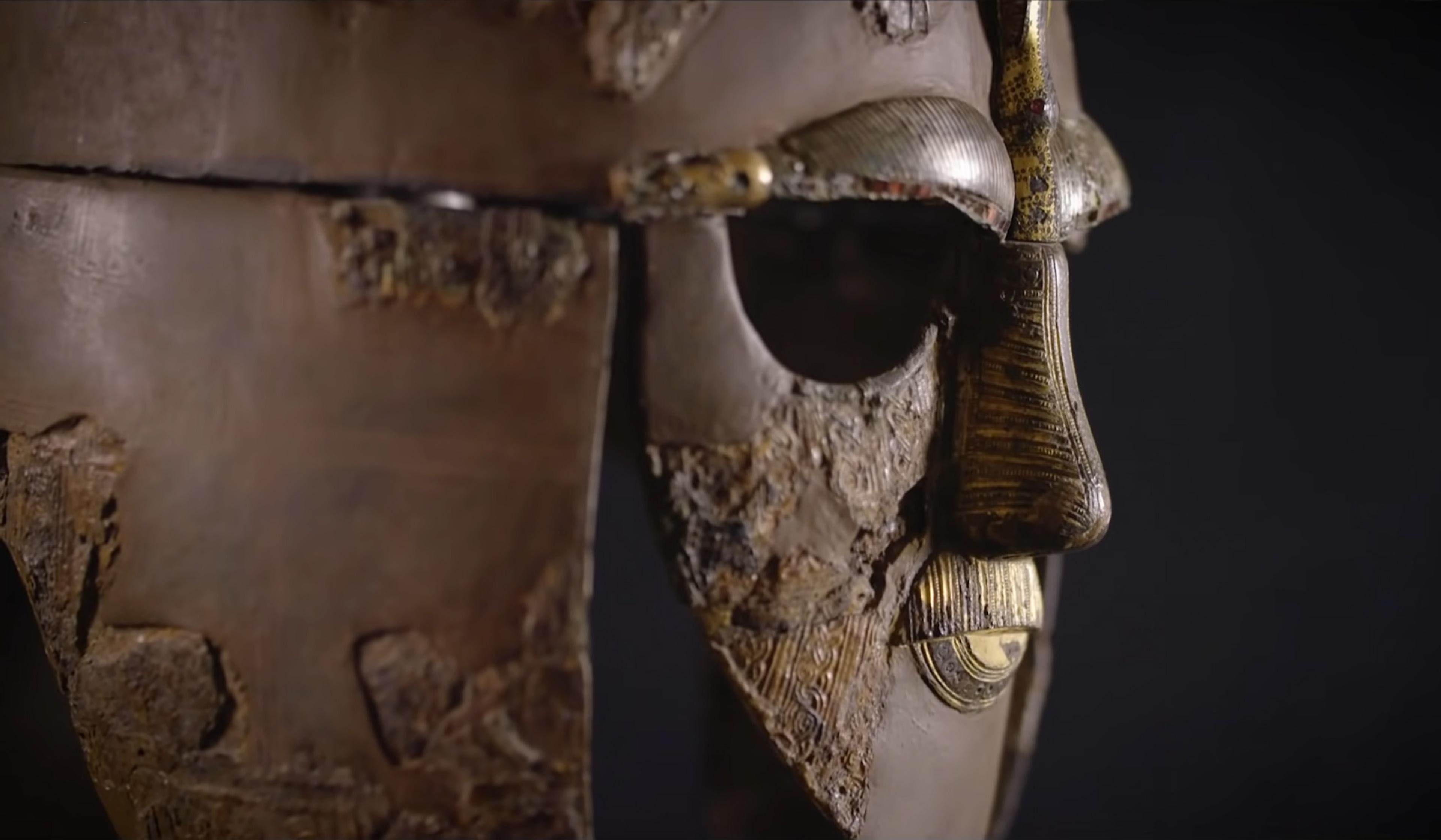With origins in the 5th century BCE, the Parthenon Marbles are a collection of architectural sculptures that were built into the temple of Athena, also known as the Parthenon – a masterpiece of classical Greek architecture and an enduring symbol of ancient Greece. In this video essay, Evan Puschak (aka the Nerdwriter) explains how, in the early 19th century, roughly half of the these sculptures, with some additional items from the Acropolis of Athens, came to be housed at the British Museum in London, where they’re still on display today, some 2,000 miles away from their original site. In his dive into the ongoing controversy over the Marbles, Puschak details the historical tides and vague legal language that led to the transfer of these priceless antiquities from Ottoman-controlled Greece to England. In doing so, he hints at the broader reckoning around artefacts, ethics and the legacy of colonialism facing museums around the world.
The strange journey of the Parthenon Marbles to the British Museum
Video by The Nerdwriter

videoThe ancient world
What wine vessels reveal about politics and luxury in ancient Athens and Persia
16 minutes

videoArchaeology
Ancient Greek sculptures were colourful. Why does the white marble ideal persist?
6 minutes

videoArchaeology
What’s an ancient Greek brick doing in a Sumerian city? An archeological investigation
16 minutes

videoArchaeology
Frozen for millennia, an ancient Greek soldier is freed to charge into battle once again
8 minutes

videoThe ancient world
What did the Rosetta Stone’s inscription actually communicate?
17 minutes

videoMusic
Music was ubiquitous in ancient Greece. Now we can hear how it actually sounded
16 minutes

videoHistory of technology
See the Mediterranean as it was captured in some of the earliest surviving photographs
20 minutes

videoArchaeology
How researchers finally solved the puzzle of the oldest known map of the world
18 minutes

videoArchaeology
The meanings and mysteries of the iconic Sutton Hoo helmet brought vividly to life
19 minutes